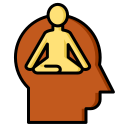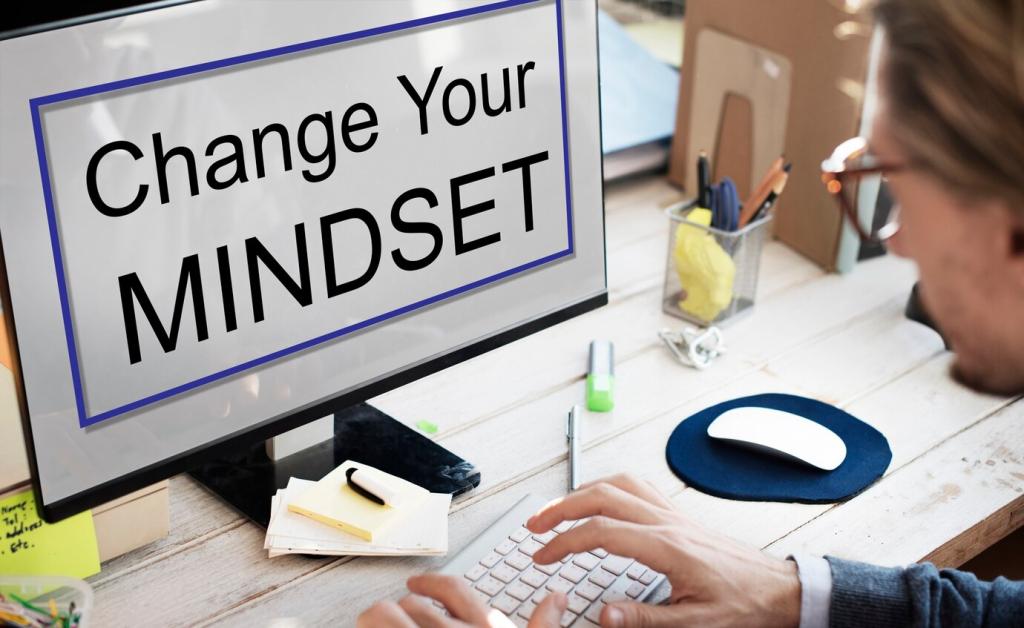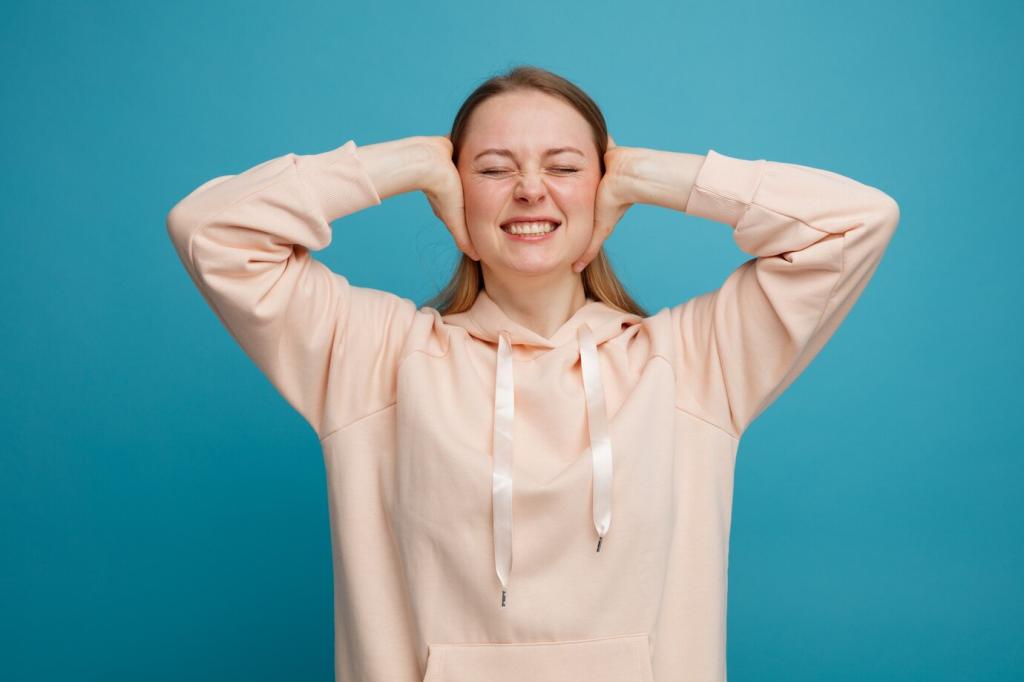What Science Says About Relaxation Through the Body
Slow, steady attention encourages parasympathetic activation—the body’s rest-and-digest mode. Heart rate eases, breath deepens, and muscle tone softens. This physiological shift explains why brief scans can feel powerfully restorative. Share any measurable changes you notice, like calmer pulse or slower breathing.
What Science Says About Relaxation Through the Body
Body scanning trains interoception—the sense of internal signals. Clearer sensing reduces overwhelm, because you can respond to tension early. Over time, many people report fewer spikes of reactivity. Tell us how naming sensations affected your mood during a challenging moment this week.









